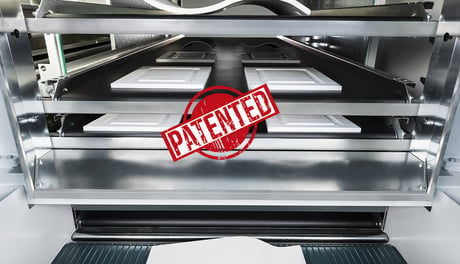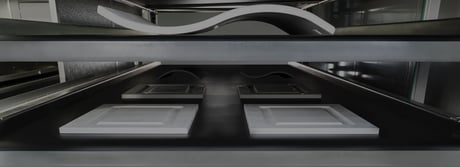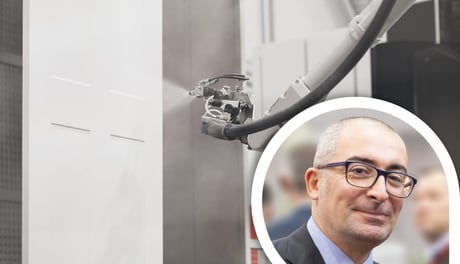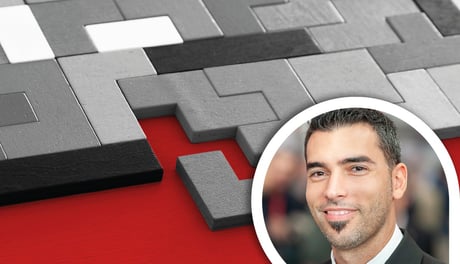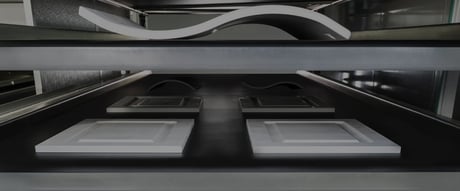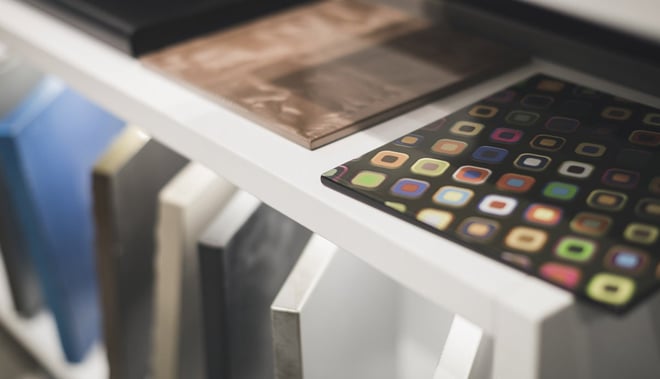
Imagine finding exactly the pattern you want for a series of panels or flooring. Until now, there were two good ways of reproducing a pattern such as that of natural stones, marble or wood grain.
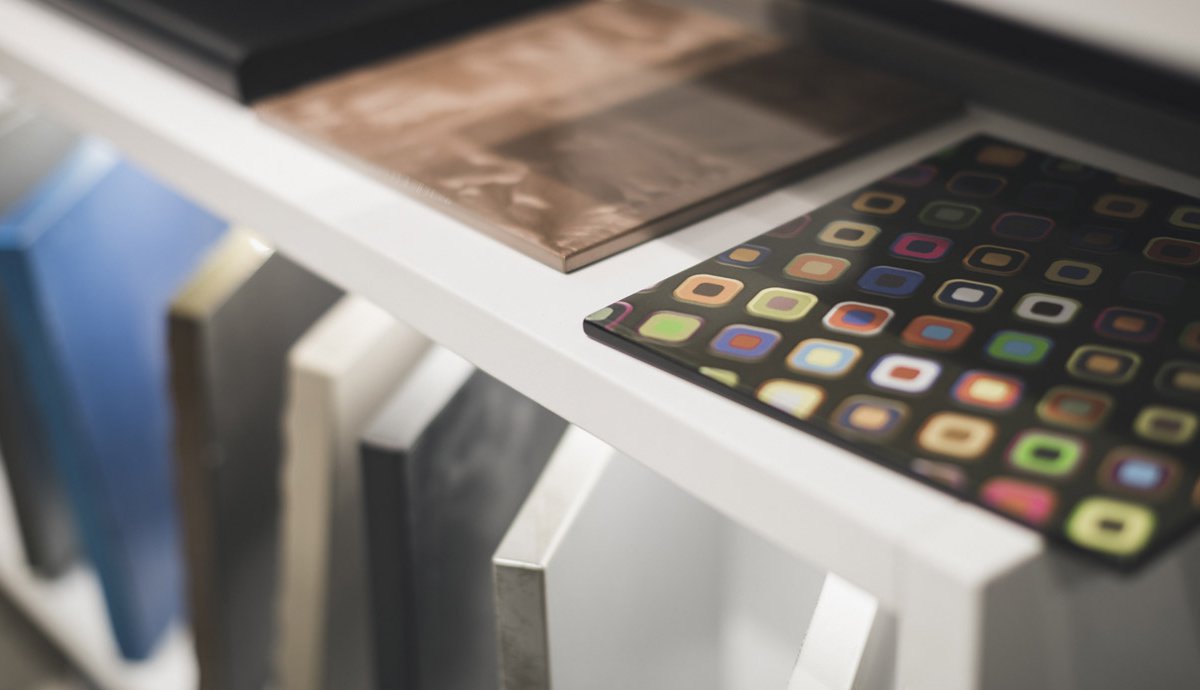
Once you had identified the pattern you wished to print, either analogically or digitally, you could get a professional photographer to capture the image or employ a large-sized scanner to generate a file which served as the blueprint for your creation.
Now imagine needing to replace a panel with a pattern you simply don’t have in your archives. Again, you’re faced with two options that do not offer an immediate solution. It takes time to go from identifying the pattern, creating the necessary data, to subsequently printing. Because acquisition and reproduction are two distinct processes and between them lies a need to correctly elaborate the data acquired.
All that for just one panel? And even if it’s for more than one panel, each requirement generates a multi-step process before obtaining the end result. Ideally, you should be able to go from scan to print in one quick step.
Instant results with new Scan to Print technology, even in 3D
Of course, we never stop at the problem. Our philosophy is driven by a commitment to find the solution and increase the opportunities your business deserves. With a sophisticated range of digital printers, Cefla Finishing allows you to scan and directly print on a single piece or batch of pieces, reproducing as faithfully as possible the original pattern. Moreover, this includes the tactile effects which are generated on the J-Print TD equipment. In close partnership with industry specialists, Cefla Finishing has developed Scan to Print technology which lets you go from scanning to printing without all the intermediate steps. Streamlining the process means you can respond to impromptu requests or replace damaged pieces with much less effort and in a much shorter time than before.
